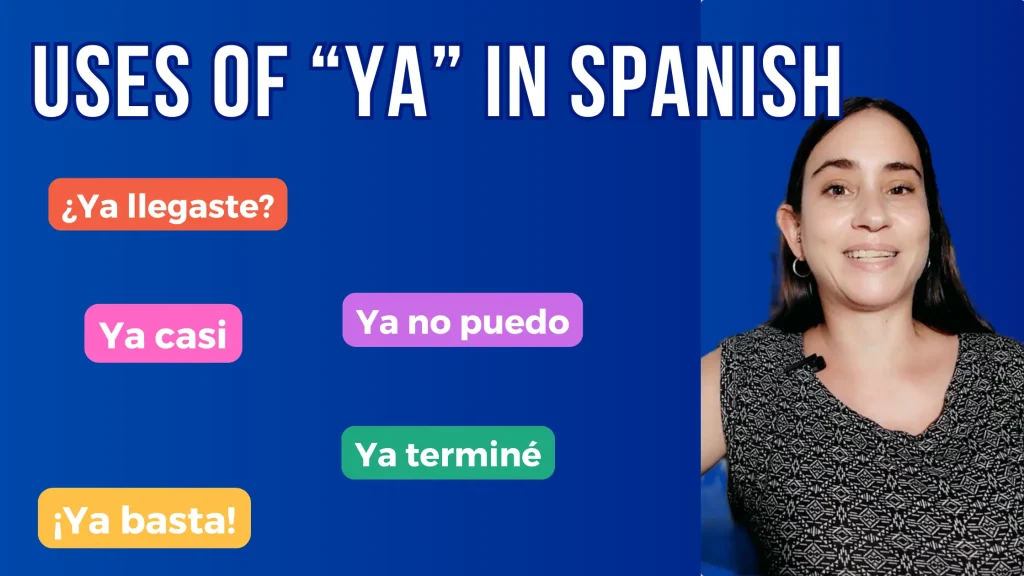Have you ever wondered what’s the difference between Tú and Vos? In this blog, check the video below to learn how Tú and Vos are used in a simple conversation between friends. Pay attention to the difference. Read on to see the conjugations: vos podés, vos venís, vos hablás… And then do the PDF comprehension exercise to check your knowledge.
If you didn’t see our last blog in the series check it here. You can learn what is vos, where in Latin America it’s used, and why it emerged as one of the most ubiquitous informal forms of speech in Latin American Spanish. In this blog, you’ll learn what’s the difference between tú and vos conjugations in the present tense in Spanish.
What’s the difference: Tú and Vos conjugations
The main difference between tú and vos is that vos has its own unique form of conjugations in the present tense of the indicative mood in Spanish. If you need a refresher on present tense conjugations, check these blogs about common present tense Spanish verbs in a medical context or for teachers. Remember the general rule for tú conjugations is to add ‘as’ to AR verbs (hablas), ‘es’ to ER/IR verbs (comes/vives). There are also irregulars and a whole bunch of stem changers.
In contrast, the conjugation for vos in the present is very simple. There are barely any irregulars and no stem changers! Remember, the conjugation is noticeably different between tú and vos in Spanish. The usage is similar in that they are both used as informal forms of speech in Spanish. To conjugate a verb using vos in Spanish, just add the following endings to the root of the verb:
| AR | ER | IR |
| ás | és | ís |
| hablás | podés | decís |
| cocinás | sabés | vivís |
| p.ej: Hablás bien español. You speak Spanish well. | Sabés nadar bien. You know how to swim well. | Vivís en Argentina. You live in Argentina. |
Buenas noticias… Good news! Only one irregular verb in Vos
Can you take a wild guess, which is the ONLY irregular verb in el voseo that you have to remember? If you thought SER (the verb meaning ‘to be’) then you’re absolutely right! Although IR and HABER technically are irregular in el voseo, they use the tú forms you already know (vas / has).
SER has a simple conjugation in vos: sos. Let’s see a few examples and compare them to the tú conjugation:
| Vos w/SER | Tú w/SER |
| ¿De dónde sos vos? | ¿De dónde eres tú? |
| Vos sos muy amable. | Tú eres muy amable. |
| Vos sos mi mejor amigo en Costa Rica. | Tú eres mi mejor amigo en Costa Rica. |
Isn’t this great news? All you have to learn is ONE irregular verb if you want to start using el voseo in Latin American countries where it’s common!





